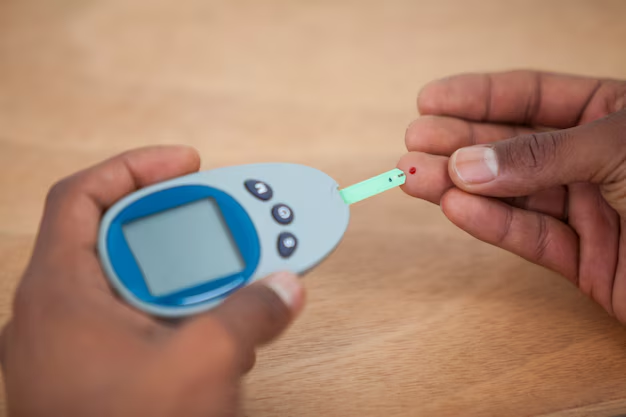Understanding the Process of Diabetes Testing: What You Need to Know
Navigating the world of medical tests can be daunting, especially when considering something as crucial as diabetes testing. Fortunately, understanding the process can demystify it and empower you to take necessary steps toward managing your health. Whether you're experiencing symptoms or want to evaluate your risk, here's a comprehensive guide on how to get tested for diabetes.
Types of Diabetes Tests
Diabetes testing typically includes a few standard tests, each serving a unique purpose. Here are the most common:
1. Fasting Blood Sugar Test
This test measures your blood sugar after an overnight fast. A reading of 100 mg/dL or lower is considered normal. However, a reading between 100 mg/dL and 125 mg/dL indicates prediabetes, and 126 mg/dL or higher may signify diabetes.
2. Oral Glucose Tolerance Test (OGTT)
Used more often during pregnancy, this involves fasting, drinking a sugary beverage, and then testing blood sugar at intervals. It offers detailed insights into how your body processes glucose.
3. Hemoglobin A1c Test
Also known as HbA1c, this test provides an average blood sugar level over the past two to three months. It's often used to diagnose type 2 diabetes and monitor how well you're managing it. An A1c level below 5.7% is normal, 5.7% to 6.4% signals prediabetes, and 6.5% or above indicates diabetes.
4. Random Blood Sugar Test
This is a non-fasting test often used for immediate insight. A reading of 200 mg/dL or higher may indicate diabetes.
Preparing for the Test
Before undergoing any diabetes test, it's essential to follow your healthcare provider's instructions. Depending on the test, you might need to fast or make dietary adjustments. Ensuring you deliver accurate information about your health history is also vital for precise diagnosis.
Addressing Financial Concerns
Medical tests, including those for diabetes, can sometimes impose a financial burden. Knowing your options can ease the strain:
1. Health Insurance
Most insurance plans cover diabetes tests as part of preventive care or diabetes management. It's advisable to confirm coverage details with your provider.
2. Government Assistance
Medicare Part B typically covers diabetes screenings for those at risk. Medicaid might also offer coverage, so investigate specific benefits in your region.
3. Community Health Clinics
Many offer services on a sliding scale based on income. They're an excellent resource for affordable care.
Leveraging Resources for Better Financial Health
Managing diabetes extends beyond medical care—it can impact your financial stability as well. Consider leveraging the following resources to maintain balance in your life:
- 💰 Health Savings Accounts (HSAs): Tax-advantaged accounts to pay for medical expenses, including diabetes testing.
- 📈 Credit Counseling Services: Help in managing outstanding medical debts and credits.
- 📚 Educational Grants and Scholarships: For those pursuing healthcare or a related field, easing future financial burdens with support.
Taking control of your health through proactive testing is a profound act of self-care. Combine it with strategic financial planning to embrace a holistic approach to well-being. Remember, knowledge is power—both in managing diabetes and maintaining financial health.
Helpful Financial Resources:
- **💵 Government Aid Programs: Medicare & Medicaid
- **🏥 Community Health Clinics: Affordable healthcare services
- **📊 Health Savings Accounts (HSAs): Manage ongoing medical expenses
- **🔄 Credit Counseling: Navigate debt and credit health
- **🌱 Educational Opportunities: Scholarships and grants for long-term financial freedom in health-related fields
